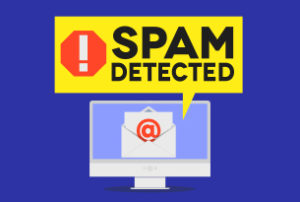“You have been invited to be part of the LinkedIn group ABCDE.” With millions of groups available and more created every day, it is tempting to join – but should you? There is nothing wrong with a gut decision to click the join button, but there is also nothing wrong with thinking a bit more strategically.
Here are 11 questions to consider before joining:
- Are you comfortable being associated with the sponsor? Their brand affects yours, and yours affects theirs.
- What is your underlying motivation for joining the group in the first place? Is it for professional support, intelligence gathering, identification of prospects, personal interest, or some other purpose? Given that purpose, how (and when) do expect to use the group?
- Is it a group sponsored by a competitor, or by someone who is overly friendly with them? From a competitive intelligence perspective, there is a benefit to joining, but doing so credits them as the leader – not you.
- Do you have the time to be part of the group? A very practical question, but if you don’t have time to be part of the group why bother?
- Are there alternative groups that you might prefer to be part of? Sometimes a quick check reveals a similar group that better meets your needs – or a nearly identical group that is far more established.
- Are other members the type of folks you want to connect to? (and vice-versa?)
- Is it a ghost town, with very few conversations? If there is nothing there, where is the value in you joining?
- Is it spammy, with lots of advertising or vendor posts? Even on-target groups sometimes devolve into a forum for low- or zero-value content.
- Are you presenting at their conference in the future? You can use the group to ask a few questions of participants to hone your presentation. And also stimulate interest in people attending.
- Are you approaching the membership limit of 50 LinkedIn groups? While most people never have enough time to be active in all 50, each additional group membership does take an important slot – and clutters your time.
- If you do join, should you display your membership on your profile, or hide it? Limiting the number of group affiliations shown helps define your brand more tightly.
This week’s action plan: These questions are just as important for your membership in existing groups. This week, apply these criteria, and if a group membership doesn’t make sense, then leave.
Marketing Insight: The decision to join a group can beg the question of whether you should start a group yourself. If you are thinking of this, then first consider how the LinkedIn group would fit within your overall marketing/HR/client support strategy, and then wear the shoes of prospective group members: how would they answer these questions?











